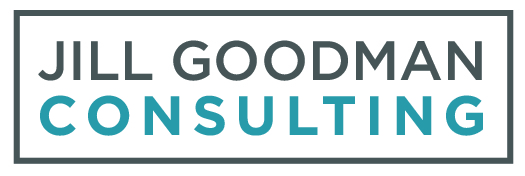Is Your School Community a Family?
As I look at school websites, I see many references to their “family-like atmosphere” or “our community is a family,” or variations on that theme. If a school thinks of itself as a family, are the leaders addressing the challenges and opportunities that often accompany a family?
I was introduced to Bowen Family Systems Theory through a National Small Schools Conference session. Dr. Murray Bowen developed his theory in the mid-1950s. The session leader discussed mindfulness practice and stressed the importance of recognizing the automatic nature of “triangles” in a family or workplace. The triangles can intensify over time and become a destructive dynamic if not identified and addressed. Here’s how Dr. Bowen explains a triangle:
“A two-person system may be stable as long as it is calm, but when anxiety increases, it immediately involves the most vulnerable other person to become a triangle. When tension is too great for a threesome, it involves others to become a series of interlocking triangles.”
As a former school administrator and consultant, I know the potential for difficulty in managing triangles. So, I decided to explore Bowen’s theory further by reading The Eight Concepts of Bowen Theory by Roberta M. Gilbert, MD, and spending time with Amie Post, MA, LCMFT, an expert at the Bowen Center for the Study of the Family in Washington, DC. The anxiety behind the triangulation is the root of gossip, text and sideline chatter, office politics, and the misinformation that can cause student attrition, faculty attrition, and board discourse at a school. As more and more people feel anxious about an interpersonal conflict or leadership decision or lack of one, they bring additional people into the anxiety by forming triangles. If left unchecked, the entire family or organization can become polarized.
Dr. Gilbert states, “Triangles are ubiquitous and automatic in emotional systems. They are considered in Bowen family systems theory to be the molecule or basic building block of any system of people – be it in the family, an organization, or even society itself. The goal is not for us to get out of them, however. We are too much a part of them. It is, rather, managing ourselves better in and through them.”
I certainly have more to learn, but here are two ways to manage triangles at your school:
Understand your sense of self within the triangle. When anxiety is high at your school, either with parents, students, faculty, or trustees, the urge to jump in and either join or defend a position can be overwhelming. Still, the issue that appears to be at the root of the anxiety is rarely as it seems. As a leader, if you understand that you can be a neutral observer and facilitator within the triangle but remain connected to both people, you can spot the discourse and resolve that issue between them.
Spread the knowledge. Take the opportunity to educate your faculty, board, students, and parents about triangles and give them tools to remain neutral. Help them understand how to navigate a triangle when they are brought into one. Further, can you give them tools to help the two parties with the original anxiety address it in a productive way?
When we advertise our school as a family, it is an idealized version, one without conflict, triangles, hurt, or disappointment. The idealized version of a family is specific to each person, and the school cannot know what that means to each prospective community member. It is a recipe for a broken brand promise.
Schools are complex organizations, much more so than traditional workplaces. Though they have some similarities to families, they should not be defined as a family. If we work to create a community defined by our shared values and vision for the future of our school that bonds people to each other through goals, actions, expectations, and experiences, then we are closer to the truth.
The author, Jill Goodman, is a consultant working with independent school leaders to advance their school’s mission, enhance their processes, and bolster their skills. Learn more about all services here.



